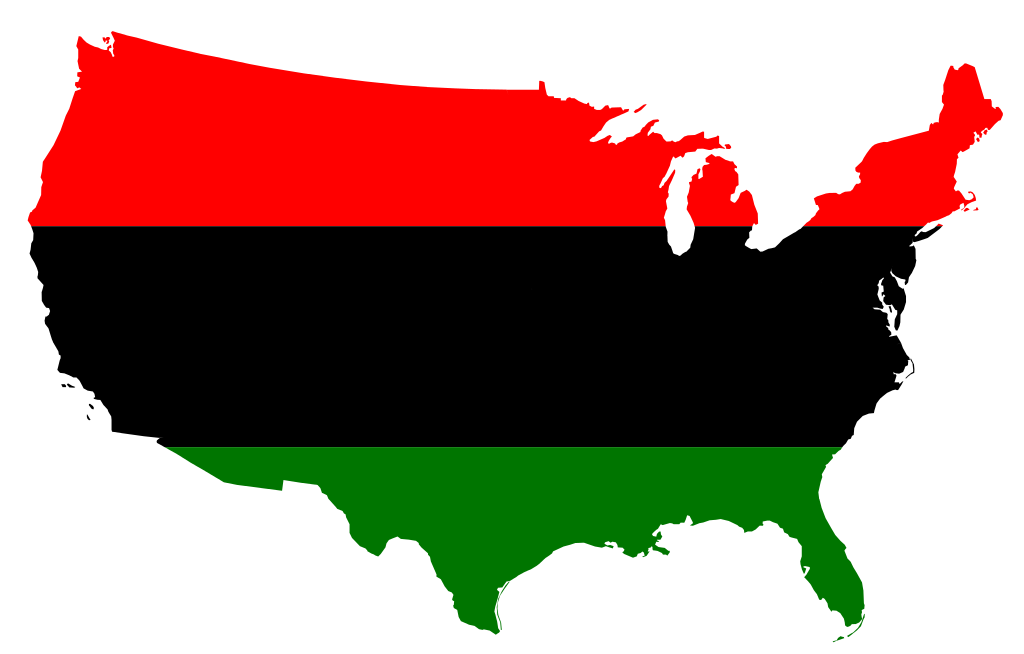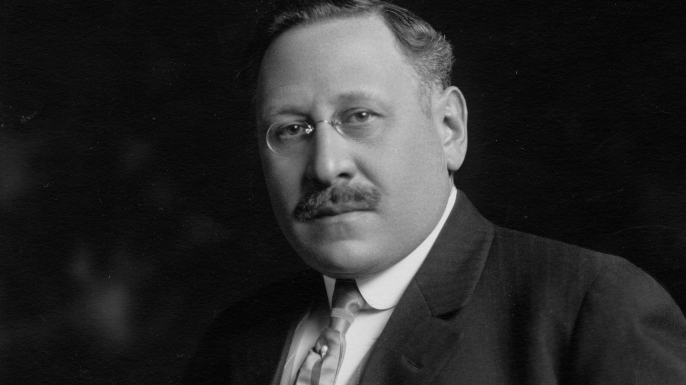
Good morning, POU! This week’s morning threads will discuss the history of the relationship between the African – Americans and Jewish communities.

African Americans and Jewish Americans have interacted throughout much of the history of the United States. This relationship has included widely publicized cooperation and conflict, and—since the 1970s—has been an area of significant academic research. Cooperation during the Civil Rights Movement was strategic and significant, culminating in the Civil Rights Act of 1964.
The relationship has also featured conflict and controversy related to such topics as the Black Power movement, Zionism, affirmative action, and the antisemitic canard concerning the alleged role of American and Caribbean-based Jews in the Atlantic slave trade.
Early 20th Century
During the colonial era, Jewish immigrants to British America were merchants from London. They settled in cities such as Providence, Rhode Island, Charleston, South Carolina, and Savannah, Georgia becoming part of local societies. They were slaveholders when that was the local practice. Professor Eli Faber notes “The numbers just aren’t there to support the view,” said Faber. “Jews were involved, but to an insignificant degree. That doesn’t absolve them of that guilt, but everyone made money off African slaves: Arabs, Europeans, Africans,” he said.”
In the late 19th and early 20th centuries, millions of Ashkenazi Jews from Germany and Eastern Europe immigrated to the U.S. for social and economic opportunities because of widespread pogroms in their homelands. They mainly settled in cities across the Northeast and Midwest where manufacturing industries direly needed workers, such as New York City, Boston, Chicago, Cleveland, Detroit, and Philadelphia. Jewish immigrants entered northeastern and midwestern cities in the same period when blacks were migrating in the hundreds of thousands from the rural South in the Great Migration; Jews and blacks had a greater variety of encounters, and these were markedly different in urban northern centers and agricultural southern areas.
In the early 1900s, Jewish newspapers drew parallels between the Black movement out of the South and the Jews’ escape from Egypt, pointing out that both Blacks and Jews lived in ghettos, and calling anti-Black riots in the South “pogroms”. Stressing the similarities rather than the differences between the Jewish and Black experience in America, Jewish leaders emphasized the idea that both groups would benefit the more America moved toward a society of merit, free of religious, ethnic, and racial restrictions.
The American Jewish Committee, the American Jewish Congress, and the Anti-Defamation League were central to the campaign against racial prejudice. Jews made substantial financial contributions to many civil rights organizations, including the NAACP, the Urban League, the Congress of Racial Equality, and the Student Nonviolent Coordinating Committee. About 50 percent of the civil rights attorneys in the South during the 1960s were Jews, as were over 50 percent of the Whites who went to Mississippi in 1964 to challenge Jim Crow Laws.
Marcus Garvey (1887–1940) was an early promoter of pan-Africanism and African redemption and led the Universal Negro Improvement Association and African Communities League. His push to celebrate Africa as the original homeland of African Americans led many Jews to compare Garvey to the leaders of Zionism. An example of this was that Garvey wanted World War I peace negotiators to turn over former German colonies in southwest Africa to blacks. In that period stressing self-determination for former colonies, Zionists were promoting a “return of Jews” after 2,000 years to the historic homeland of Israel. Garvey regularly criticized Jews in his columns in his newspaper Negro World, for allegedly trying to destroy the black population of America.
The much-publicized lynching of Leo Frank, a Jew, in Georgia in 1915 by a mob of Southerners caused many Jews to “become acutely conscious of the similarities and differences between themselves and blacks.” Some had an increased sense of solidarity with blacks, as the trial exposed widespread antisemitism in Georgia. The trial also pitted Jews against blacks because Frank’s defense attorneys suggested black janitor Jim Conley was guilty of the murder of the white girl. They called him a “dirty, filthy, black, drunken, lying nigger.” Many historians since the late 20th century have concluded that Jim Conley murdered Phagan.
In the early 20th century, Jewish daily and weekly publications frequently reported on violence against blacks and often compared the anti-black violence in the South to the pogroms endured by Jews in the Russian Empire. They inspired principles of justice, and by a desire to change racist policies in the United States. During this period, the leaders of American Jewry spent time, influence, and economic resources for black endeavors, supporting civil rights, philanthropy, social service, and organizing. Historian Hasia Diner notes that “they made sure that their actions were well-publicized” as part of an effort to show increasing Jewish political clout.

Julius Rosenwald was a Jewish philanthropist who donated a large part of his fortune to supporting the education of blacks in the South by providing matching funds for the construction of schools in rural areas. Jews played a major role in the National Association for the Advancement of Colored People (NAACP) in its past decades. Jews involved in the NAACP included Joel Elias Spingarn (the first chairman), Arthur B. Spingarn, and founder Henry Moskowitz. More recently, Jack Greenberg was a leader in the organization.
